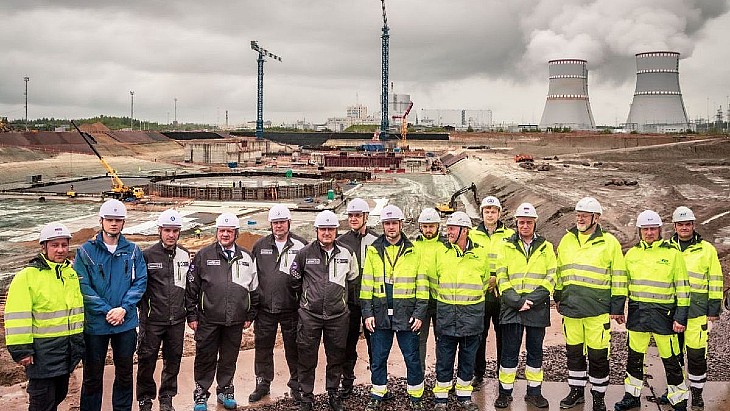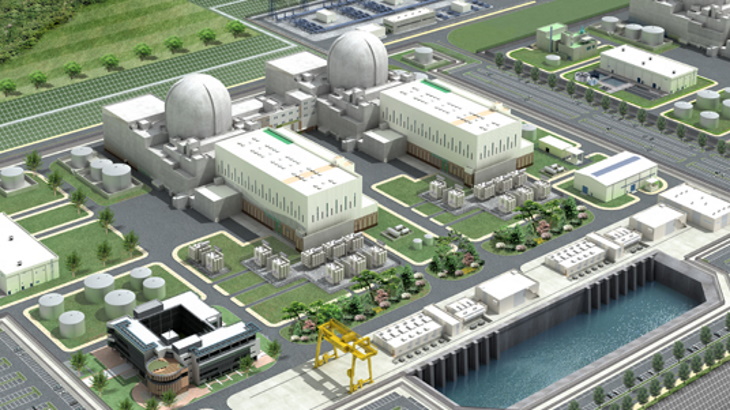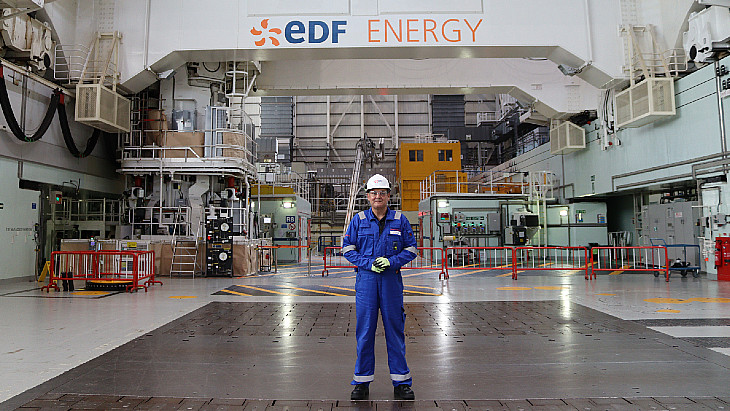Construction of Leningrad 7 'running ahead of schedule'

About 400 people are involved in construction work at the site of what will be the Leningrad nuclear power plant's seventh and eight units. Those at unit 7 are preparing for concreting the foundation slabs for the nuclear island buildings, excavating a pit for the turbine island, and constructing a pile field for the fourth cooling tower.
Konstantin Khudyakov, from Leningrad NPP, said: "The recipe for a durable and strong foundation for the reactor building is simple: high-quality initial ingredients included in the concrete mix and their correct proportions, non-stop pouring of the concrete mix and proper care of the concrete until it has completely hardened and cured. It is also important that the work is carried out by highly qualified construction personnel. We strictly followed all these requirements, so we are confident that testing the lower part of the finished foundation using non-destructive testing methods will prove its high quality and strength."
The next stage is to reinforce and concrete the upper part of the reactor building foundation, adding 1.5 metres to its thickness, with the foundation expected to be fully complete in the Autumn and the construction of the reactor building's internal containment and the construction of internal floors will begin.
Rosenergoatom Director General Alexander Shutikov said construction of the reactor building was currently two and a half months ahead of schedule. He said that the reactor building had a 65-month construction timeline but added that, given the experience from units 5 and 6, and the "availability of the necessary materials, equipment, documentation and personnel ... [we] have every chance of finishing earlier".
The background
The Leningrad nuclear power plant is one of the largest in Russia, with an installed capacity of 4400 MWe, and provides more than 55% of the electricity demand of St Petersburg and the Leningrad region, or 30% of all the electricity in northwest Russia.
Leningrad 1 shut down in 2018 after 45 years of operation. Leningrad 2, also a 1000 MWe RBMK unit, started up in 1975 and was permanently shut down in November 2020. As the first two of the plant's four RBMK-1000 units shut down, new VVER-1200 units started at the neighbouring Leningrad II plant. The 60-year service life of these fifth and sixth units (also known as Leningrad II-1 and Leningrad II-2) secures power supply until the 2080s. Units 7 and 8 will replace units 3 and 4 as they are shut in the coming years.
The pouring of the first concrete for unit 7 in March marked the start of the main phase of construction of the new power unit, which is expected to generate power for 60 years, with the possibility of a 20-year extension. The foundation slab consists of about 5500 cubic metres of concrete.
_92619.jpg)












